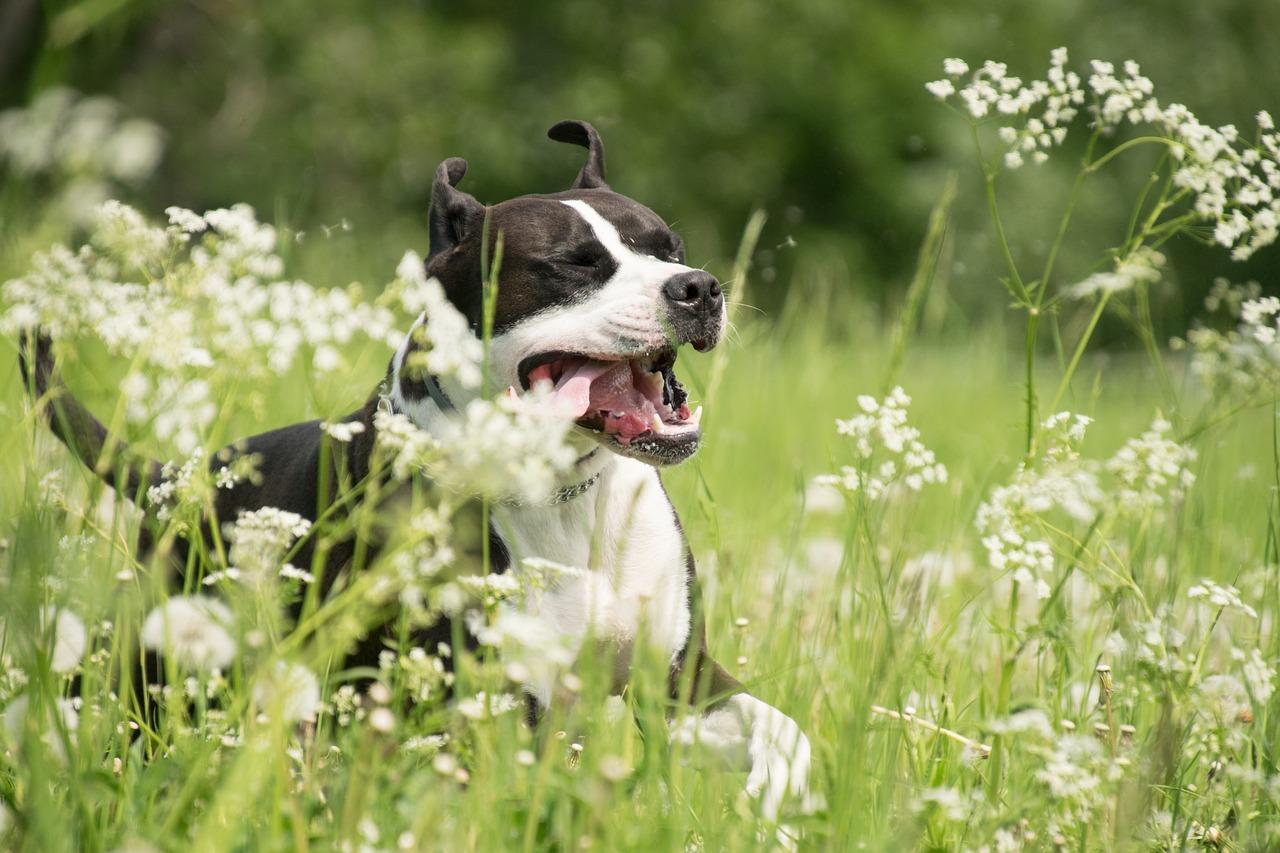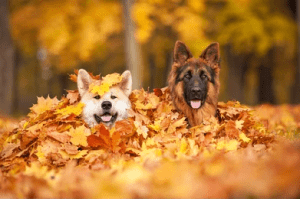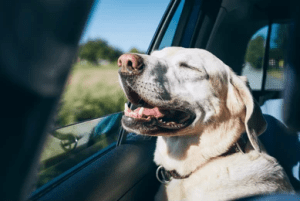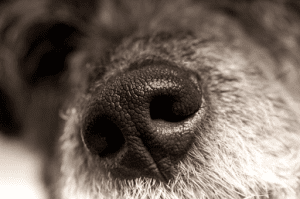Below, we’ve listed 9 surprising dog facts for you to marvel at!
9 Surprising Dog Facts: Do You Know Them
1. Insane Sense of Smell (and Three More Facts)!
Many biologists argue a dog’s sense of smell is between 10,000 and 100,000 times more acute than ours! Imagine a Beagle finding a grain of salt (assuming it doesn’t dissolve) among two Olympic sized swimming pools worth of water!
Dogs have up to 300 million olfactory receptors in those furry noses (compared to our 6 million), but that isn’t it. The portion of their brains devoted to discerning smells is about 40 times the size of ours. They even have an additional scent organ in the roof of their mouths which we humans don’t have, called a Jacobson’s Organ.
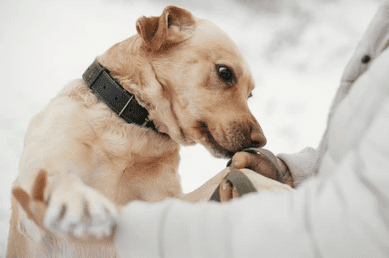
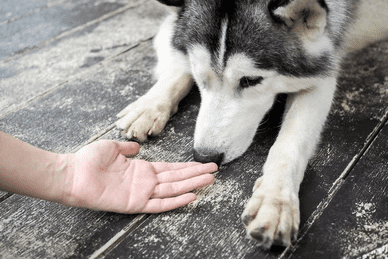
9 Surprising Dog Facts: Do You Know Them
2. Reflective Eye Membrane
Have you ever wondered why a dog’s eyes seem to glow at night when the light hits them? Dogs and many other animals (but again, not humans) have an extra reflective membrane by their retinas that will help reflect light. This enhances their vision at night and is an evolutionary advantage when hunting (or was before dogs were domesticated).
The membrane is called a tapetum lucidum. Dogs can’t see in complete darkness, but they can see in low-light better than we humans can.
- Reward after a few inches. You want this to be very simple at first!
9 Surprising Dog Facts: Do You Know Them
3. Dogs Evolved from Wolves
There are several theories here and we humans can’t prove this for certain because there weren’t any records kept over 14 thousand years ago, but biologists are pretty confident dogs evolved from Grey wolves.
In fact, dogs are genetically very close to wolves, compared to foxes or other Canine species, adding to this theory.
9 Surprising Dog Facts: Do You Know Them
4. (Cont.) But when did this happen?
Again, biologists still can’t be 100% sure. Theories suggest this evolution began between 14,000 years ago and 130,000 years ago – according to DNA evidence. This is a pretty enormous range, isn’t it?
Unfortunately, we can’t simply use fossils alone. Circumstances have to be very precise for a fossil to form at all, and they’re just aren’t that many wolf-dog fossils out there.
5. (Cont.) How did this happen?
There are again several theories here, but the strongest and most supported is the ‘Proto-Dog’ theory.
This suggests that a group of wolves happened upon a human encampment sometime during the date range listed above (yes, humans were around then). Rather than continue their extremely demanding hunting activities, they decided to feed off of leftover human scraps
- It was a much easier lifestyle!
Over many generations, these wolves would slowly begin to evolve physical traits better adapted to this new lifestyle. They no longer needed such acute hunting senses and started to form qualities to help them survive this new way of life with (or near) humans.
The most sociable, least suspicious and ‘friendliest’ animals could co-exist with humans better and tended to reproduce more often in this new environment. The first dogs were born!
9 Surprising Dog Facts: Do You Know Them
6. Dogs Do not Sweat Like Humans
Considering most dogs have thick coats of fur that would prevent sweat from evaporating, this wouldn’t be very effective, would it? Dogs still perspire, but most (unless it is a hairless breed) don’t perspire in the same way humans do.
A dog’s primary method of heat exchange and perspiration is done through panting! They still have some of the same sweat glands on their paw pads, but generally won’t sweat otherwise.


7. Dogs Are Smarter than Cats
We can end the age-old debate between dogs and cats right now. The average domesticated dog houses nearly double the number of neurons in his/her cerebral cortex than the average domesticated house cat.
8. Greyhounds are the Fastest Dogs
Have you ever wondered what the fastest land animal in the world is? You probably guessed a Cheetah, and in a sprint, you would be right. However, the average Greyhound, clocked in at 45 miles per hour (72.4 kilometres per hour), would beat that cheetah in a distance race.

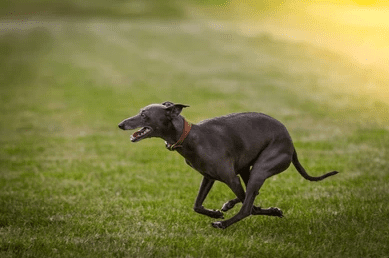
Greyhounds might not be the fastest endurance animals on Earth, but they are the fastest of all dog breeds!
9. Dogs Can See in Color
Do you remember a time when biologists swore all dogs saw things in only black and white? Thanks to the microscope and our ability to view various cell types, we now know dogs can see in shades of blue and yellow, in addition to black and white!
Tail Blazers UK Dog Supplies
Are you looking for quality UK dog supplies for your dogs alike? Are you confused by all your options available? Take a look at Tail Blazers! We offer several fantastic products your dog will love, especially during training time!
